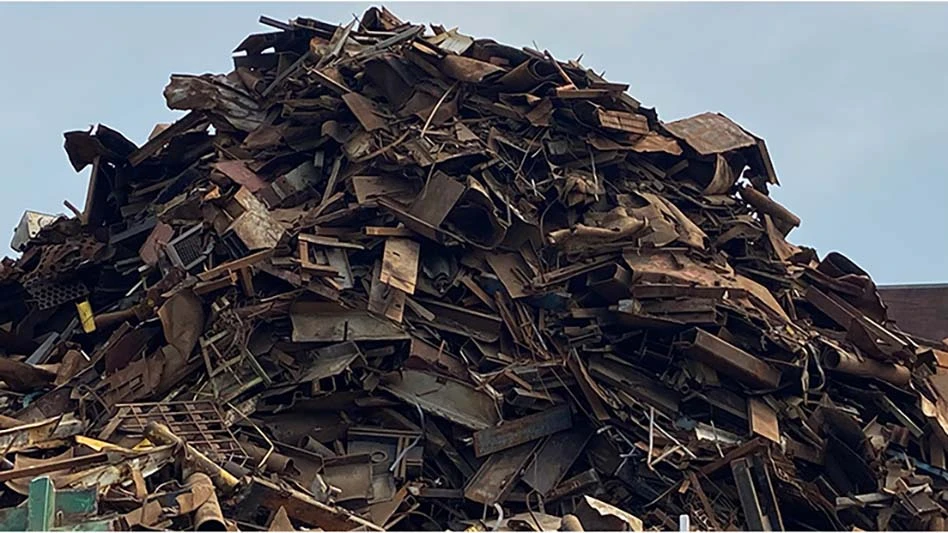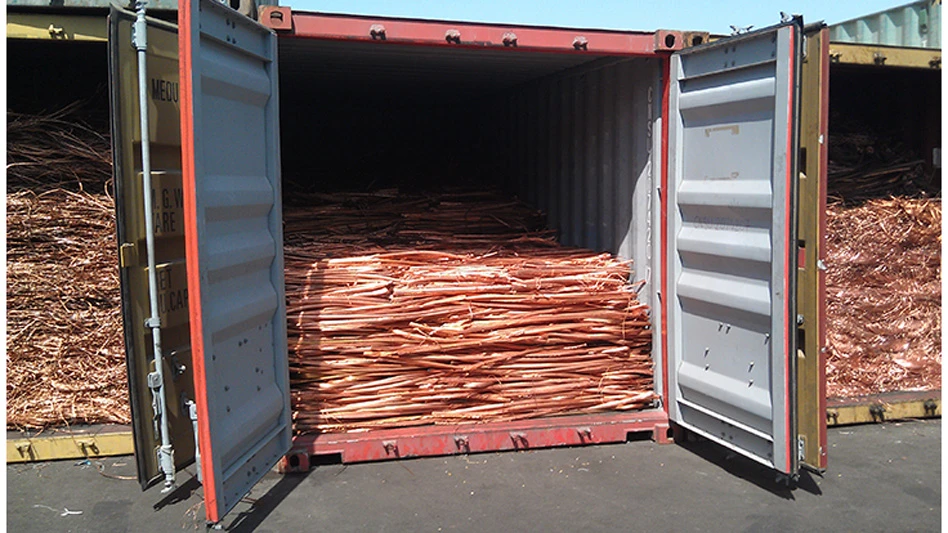The Association of Postconsumer Plastic Recyclers (APR), Washington, D.C., has released a guidance document that provides information on dealing with the growing issue of full body sleeve labels on PET (polyethylene terephthalate) bottles.
According to the APR, “Sleeve Label Substrate for PET Bottles Critical Guidance Document” addresses several key label design issues that affect the removal of the labels in the recycling process and quantifies the effects of label residue on PET bottle recycling. Through testing and data interpretation the document is designed to help packaging decision makers select label substrates and materials that are more compatible with PET bottle recycling than some currently offered.
The APR says its new guidance protocol streamlines testing for full body labels on PET bottles, omitting some tests as irrelevant and expanding on other subjects in the “PET Bottle Critical Guidance Document” to reduce testing cost and increase protocol usage.
Dave Cornell, APR technical director, says, “Full-sleeve labels are growing in popularity with brand companies. The labels are a mixed blessing for PET reclaimers as the labels are free of adhesive and generally mean unpigmented plastic bottles, but new problems are created such as proper identification of the bottle resin and removal of the label from the bottle and recycle product."
He adds, “This protocol begins the effort to address all of the issues.”
The new guidance document is based, in part, on comprehensive examination of the effects of label substrate choices as investigated by Plastic Forming Enterprises under contract to APR.
APR’s Critical Guidance Documents are part of its larger Champions for Change Program in which the APR works with other industries to achieve higher quality and more economical recyclate. The voluntary program provides direction for packaging innovators and possible recognition for those whose innovations meet or exceed the guidance, the APR says.
The National Association for PET Container Resources (NAPCOR), based in Sonoma, Calif., has endorsed the guidance document.
According to NAPCOR, full-wrap shrink labels affect the PET reclamation process at several junctures: Their full coverage impairs resin identification by automated equipment used to sort recyclables by material type, and the full-wrap shrink labels cannot be removed from containers by traditional prewash technology. However, the most problematic of these labels are those that sink in water along with the PET during processing, thus creating more contamination than can be acceptably removed during the conventional PET recycling process. (More detail can be found in NAPCOR’s position statement on this topic, www.napcor.com/pdf/NAPCORfullwrap.pdf.)
“NAPCOR became squarely involved in this issue, not just because of the adverse economic impacts these labels are currently having on PET reclaimers, but also because of their potential for rapid growth across brands and product categories,” says Dennis Sabourin, NAPCOR executive director. “We applaud the APR’s release of this protocol.”
In an effort to inform and educate brand owners as to the severity of the issue for PET recycling, NAPCOR says it is communicating with several of the largest brands currently using this labeling technology and is working to help them understand the scope of the problem and to find recycling compatible alternatives. The APR protocol will provide a more uniform platform for this ongoing work.
“We see a tremendous amount of concern regarding the presence of full sleeve labels on PET bottles and the impact of the labels on the ability of bottles with such labels to be reclaimed using existing recycling technology,” says Steve Alexander, APR president. “There are some statements that reclaimers are able to process PET bottles with shrink sleeve labels without problems. Not exactly. The vast majority of PET reclaimers report that the labels are a serious problem for recycling.”
Alexander continues, “Most PET reclaimers, drawing from many sources of raw material and with a variety of process designs, find the sleeve labels are a serious economic detriment. Label density is the one characteristic that testing shows can lead to removing label contamination from PET recycling. Labels that sink in water after hot water washing are labels that cause serious trouble. If it sinks, it is bad.”
He concludes, “We are optimistic that this enhanced protocol provides packaging designers the clear guidance to mitigate this contamination problem.”
Latest from Recycling Today
- BMW Group, Encory launch 'direct recycling’ of batteries
- Loom Carbon, RTI International partner to scale textile recycling technology
- Goodwill Industries of West Michigan, American Glass Mosaics partner to divert glass from landfill
- CARI forms federal advocacy partnership
- Monthly packaging papers shipments down in November
- STEEL Act aims to enhance trade enforcement to prevent dumping of steel in the US
- San Francisco schools introduce compostable lunch trays
- Aduro graduates from Shell GameChanger program





